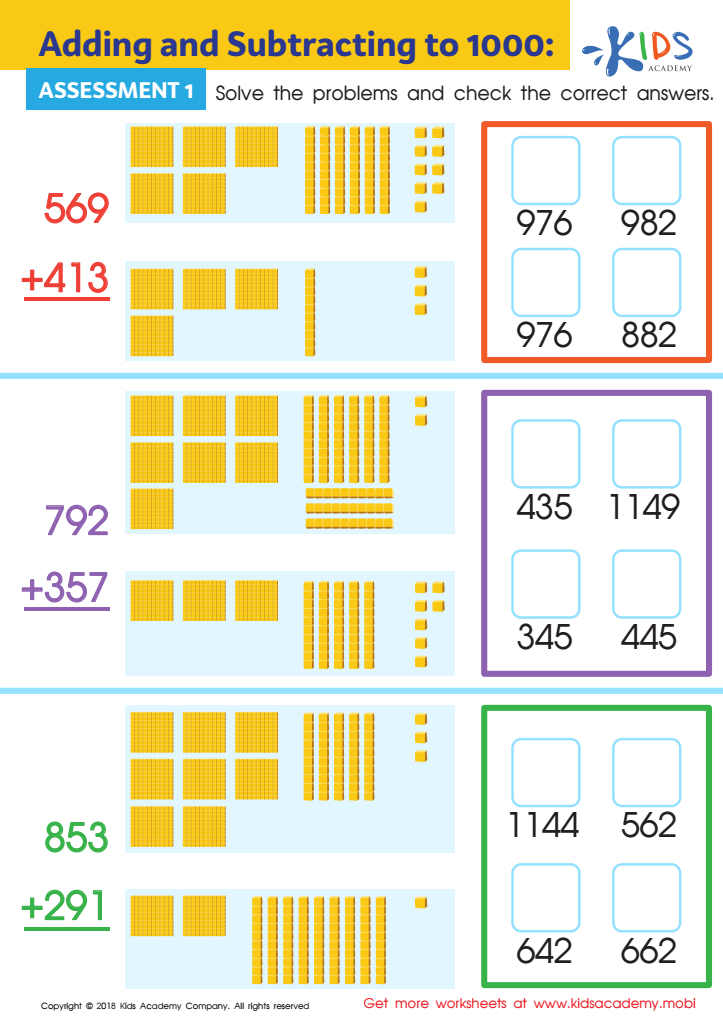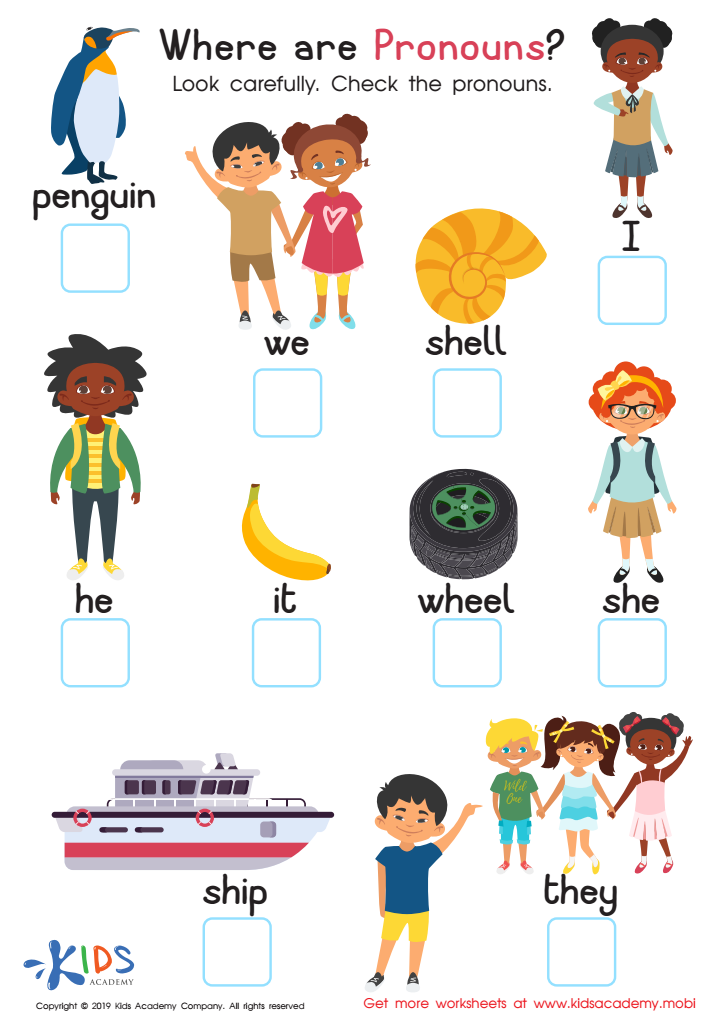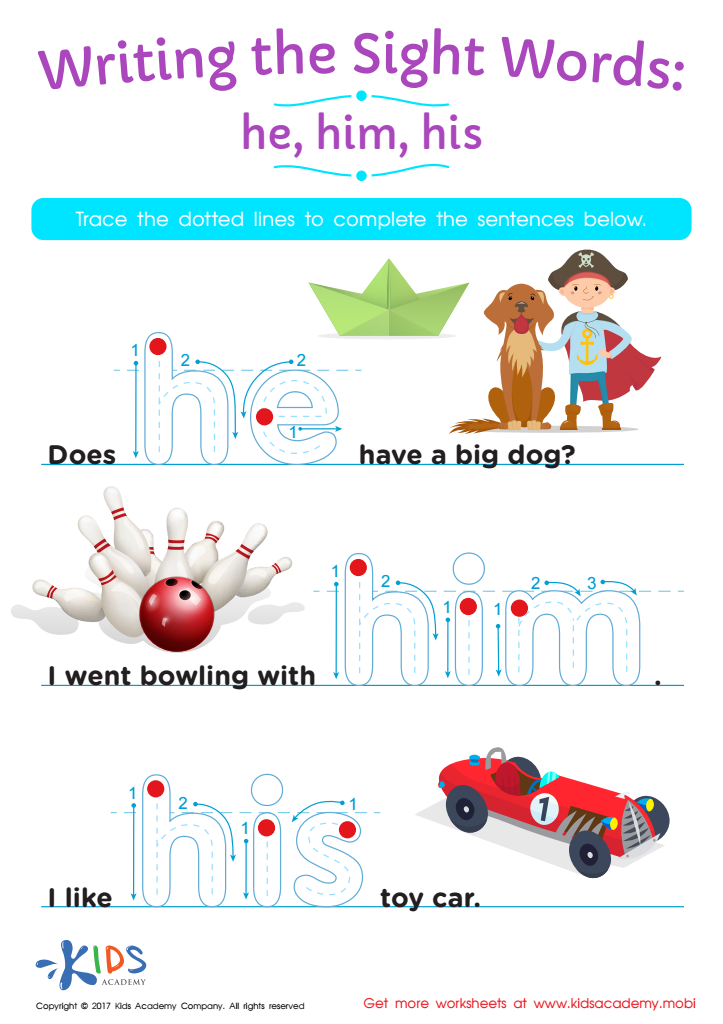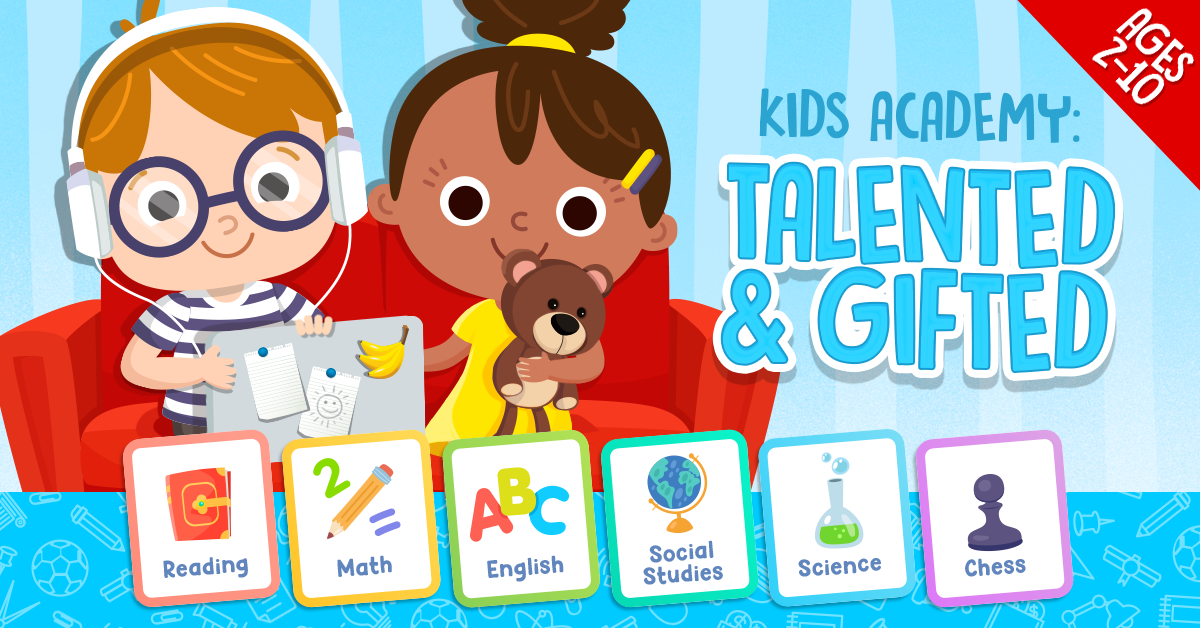Pronoun identification Worksheets for Ages 3-9
4 filtered results
-
From - To
Discover fun and engaging Pronoun Identification Worksheets designed for children ages 3-9! These expertly crafted worksheets help young learners master the fundamentals of pronouns through colorful, interactive activities. Perfect for home or classroom use, our printables encourage kids to identify, use, and differentiate between various pronouns effortlessly. Each worksheet is tailored to different age groups and skill levels, ensuring a progressive learning experience. By building a solid foundation in English grammar, our resources pave the way for enhanced reading, writing, and communication skills. Make learning pronouns enjoyable and effective with our age-appropriate worksheets!


Replacing Nouns with Pronouns Worksheet


Adding and Subtracting to 1 Worksheet: Assessment 1


Where Are Pronouns? Worksheet


He, Him, His Printable Sight Words Worksheet
Pronoun identification is crucial for young children aged 3-9, as it underpins their language development and communication skills. At this formative stage, children are rapidly expanding their vocabulary and learning to structure sentences, both of which are foundational for effective communication. Pronouns like "he," "she," "they," "it," "we," and "you" are essential components of language that children must understand to speak and write clearly.
For parents and teachers, helping children master pronoun usage can significantly impact their social and emotional development. Correct pronoun use fosters smoother interactions by reducing misunderstandings. For example, using the right pronoun for someone can show respect and inclusion, important for nurturing empathy and fostering healthy relationships among peers.
Furthermore, pronoun identification aids in reading comprehension and overall academic success. As children encounter different characters in stories or subjects in sentences, the ability to correctly identify and use pronouns helps them understand and relay information more effectively. Misunderstanding pronouns can lead to confusion and hinder learning.
In summary, supporting children in grasping pronouns from an early age is fundamental to their broader linguistic, cognitive, and social development. Parents and teachers play a vital role in nurturing this skill, setting the foundation for clear communication and positive interpersonal interactions throughout their lives.

 Assign to the classroom
Assign to the classroom












